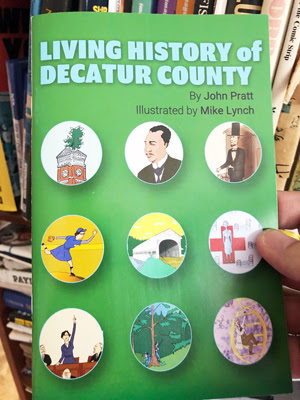Above photos from Elving's Musings.
In 1969, Stan Lee hosted French filmmaker Alain Resnais. As the writer Sean Howe puts it:
The director of Hiroshima Mon Amour was a fan of Marvel Comics—passionate enough to buy an English dictionary, so he could understand Lee’s ten-dollar words—and had initiated an epistolary friendship with Lee. When Resnais planned a trip to work on his next film, Lee invited him to dinner at his apartment, which he recorded on tape.
The dinner was with Stan Lee and his wife Joan. They talk about Resnais' plans for his next movie. The rumor was that Resnais might be game to do a comic book movie (He had already cited Eisner's The Spirit as highly influential.), but many topics are addressed in the conversation and, at one point, Stan and Joan's actress daughter Joanie arrives. Sean Howe has transcribed much of the conversation here. The amazing thing is that the evening was recorded, and the recording is below:


%20%E2%80%A2%20Instagram%20photos%20and%20videos.png)























































